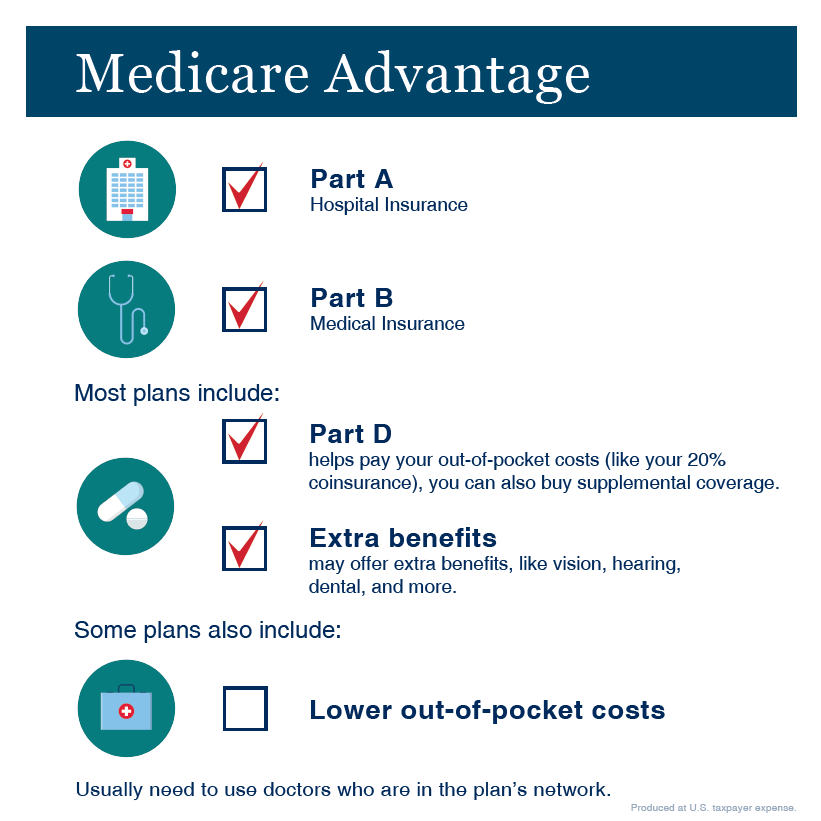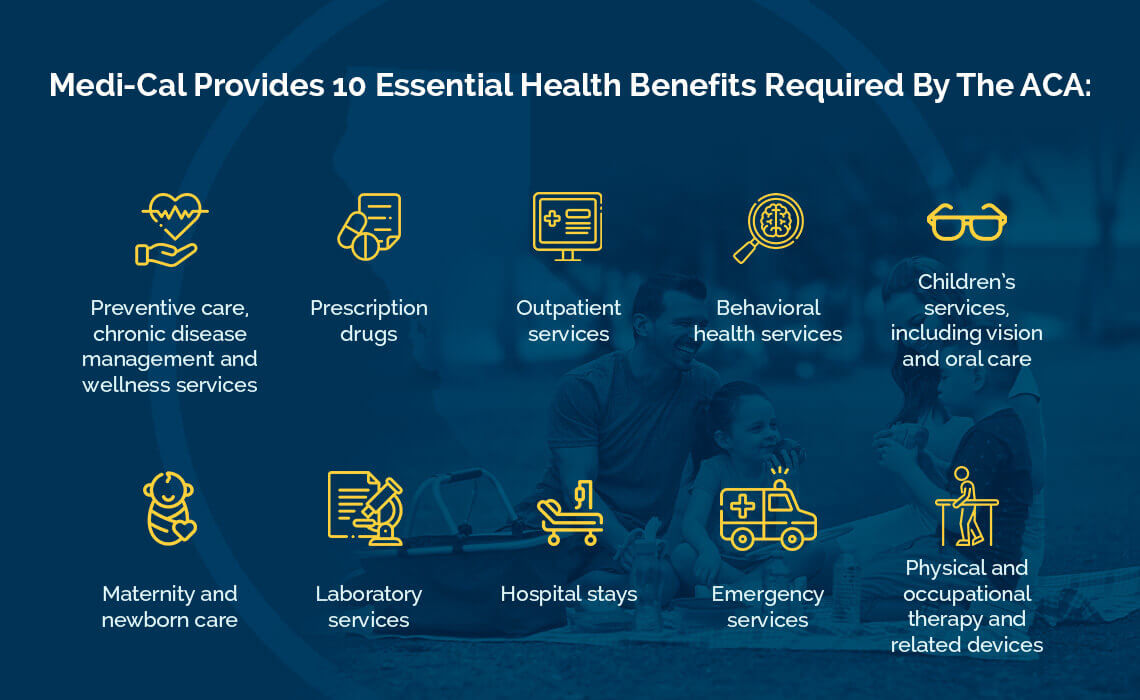What Does Medicare Advantage Agent Mean?
What Does Medicare Advantage Agent Mean?
Blog Article
The Greatest Guide To Medicare Advantage Agent
Table of ContentsThe Medicare Advantage Agent IdeasExcitement About Medicare Advantage AgentNot known Details About Medicare Advantage Agent


follows from adheres to the puzzling young age profile of the uninsured with the better healthMuch better on average, of younger persons. For those without accessibility to work environment health and wellness insurance coverage, poor wellness is a possible obstacle to acquiring nongroup protection because such insurance coverage might be highly priced, exclude preexisting problems, or be just not available. Unless or else kept in mind, nationwide quotes of people without health and wellness insurance coverage and percentages of the populace with various kinds of insurance coverage are based on the CPS, the most extensively utilized source of quotes of insurance coverage and uninsurance rates.

The 4-Minute Rule for Medicare Advantage Agent
Over a three-year period starting early in 1993, 72 million individuals, 29 percent of the U.S. populace, lacked protection for a minimum of one month. Within a single year(1994), 53 million people experienced a minimum of a month without protection(Bennefield, 1998a). Six out of every 10 without insurance adults are themselves utilized. Functioning does improve the probability that one and one's household members will have insurance, it is not a guarantee. Even participants of families with 2 permanent wage earners have virtually a one-in-ten opportunity of being uninsured (9.1 percent without insurance price)(Hoffman and Pohl, 2000 ). The relationship between health and wellness insurance policy and access to care is well established, as recorded later in this chapter. Although the relationship between health insurance and health end results is neither direct nor basic, an extensive medical and wellness solutions research study literature links medical insurance coverage
to improved access to care, far better quality, and boosted personal and populace wellness standing. For instance, the second report, on individual health and wellness end results for without insurance grownups, is stood for by the inner circle of the number, while the 3rd record, on household well-being, encompasses the subjects of the second record yet highlights a different unit of evaluation, particularly, the household. The sixth report in the collection will certainly offer details regarding strategies and efforts embarked on locally, statewide, or nationally to deal with the lack of insurance coverage and its unfavorable influences. Levels of evaluation for taking a look at the results of uninsurance. This discussion of medical insurance protection concentrates mostly on the U.S. populace under age 65 since virtually all Americans 65 and older have Medicare or various other public insurance coverage.
It focuses especially on those without any kind of wellness insurance policy for any kind of length of time. The troubles dealt with by the underinsured are in some respects comparable to those encountered by the without insurance, although they are usually less serious. Uninsurance and underinsurance, however, involve definitely different policy problems, and the strategies for resolving them might differ. Throughout this research study and the 5 records to follow, the primary focus gets on persons without wellness insurance policy and therefore no support in paying for healthcare beyond what is available with charity and safety and security internet institutions. Medical insurance is a powerful variable influencing receipt of treatment because both clients and doctors react to the out-of-pocket rate of solutions. Medical insurance, nevertheless, is neither required neither enough to get to click resources clinical solutions. The independent and direct result of health
insurance insurance policy protection access to health wellness is well established. Others will acquire the healthcare they need also without health and wellness insurance policy, by spending for it expense or seeking it from providers anonymous that use care free or at highly subsidized prices. For still others, wellness insurance coverage alone does not make certain invoice of care since of other nonfinancial barriers, such as an absence of healthcare suppliers in their community, restricted access to transport, illiteracy, or etymological and cultural distinctions. Official study regarding uninsured populations in the USA dates to the late 1920s and very early 1930s when the Committee on the Price of Treatment generated a collection of records concerning financing doctor workplace check outs and hospitalizations. This concern came to be prominent as the varieties of clinically indigent climbed throughout the Great Depression. Empirical researches continually support the web link between accessibility to care and improved health and wellness results(Bindman et al., 1995; Starfield, 1995 ). Having a normal source of treatment can be considered a predictor of accessibility, instead than a straight measure of it, when wellness end results are themselves utilized as accessibility signs. This extension of the idea of accessibility dimension was made by the IOM Committee on Keeping Track Of Gain Access To to Personal Healthcare Solutions(Millman, 1993, p. Whether parents are guaranteed shows up to affect whether their kids obtain care as well as just how much careeven official statement if the youngsters themselves have insurance coverage(Hanson, 1998). The health and wellness of parents can affect their ability to look after their youngsters and the degree of family members tension. Fretting about their children's access to care is itself a resource of anxiety for moms and dads. 3 phases follow in this report. Chapter 2 offers a summary of exactly how employment-based medical insurance, public programs and individual insurance policy plans run and communicate to offer substantial but insufficient coverage of the U.S. populace. This includes an evaluation of historic trends and public plans influencing both public and exclusive insurance policy, a conversation of the communications amongst the various kinds of insurance policy, and an evaluation of why people move from one program to an additional or wind up

Report this page